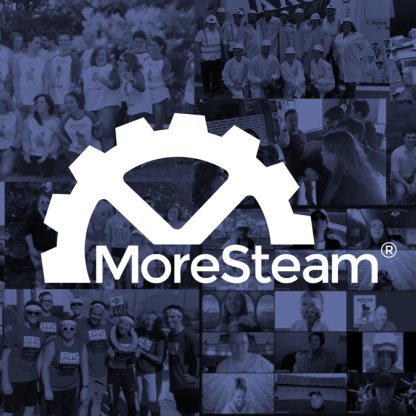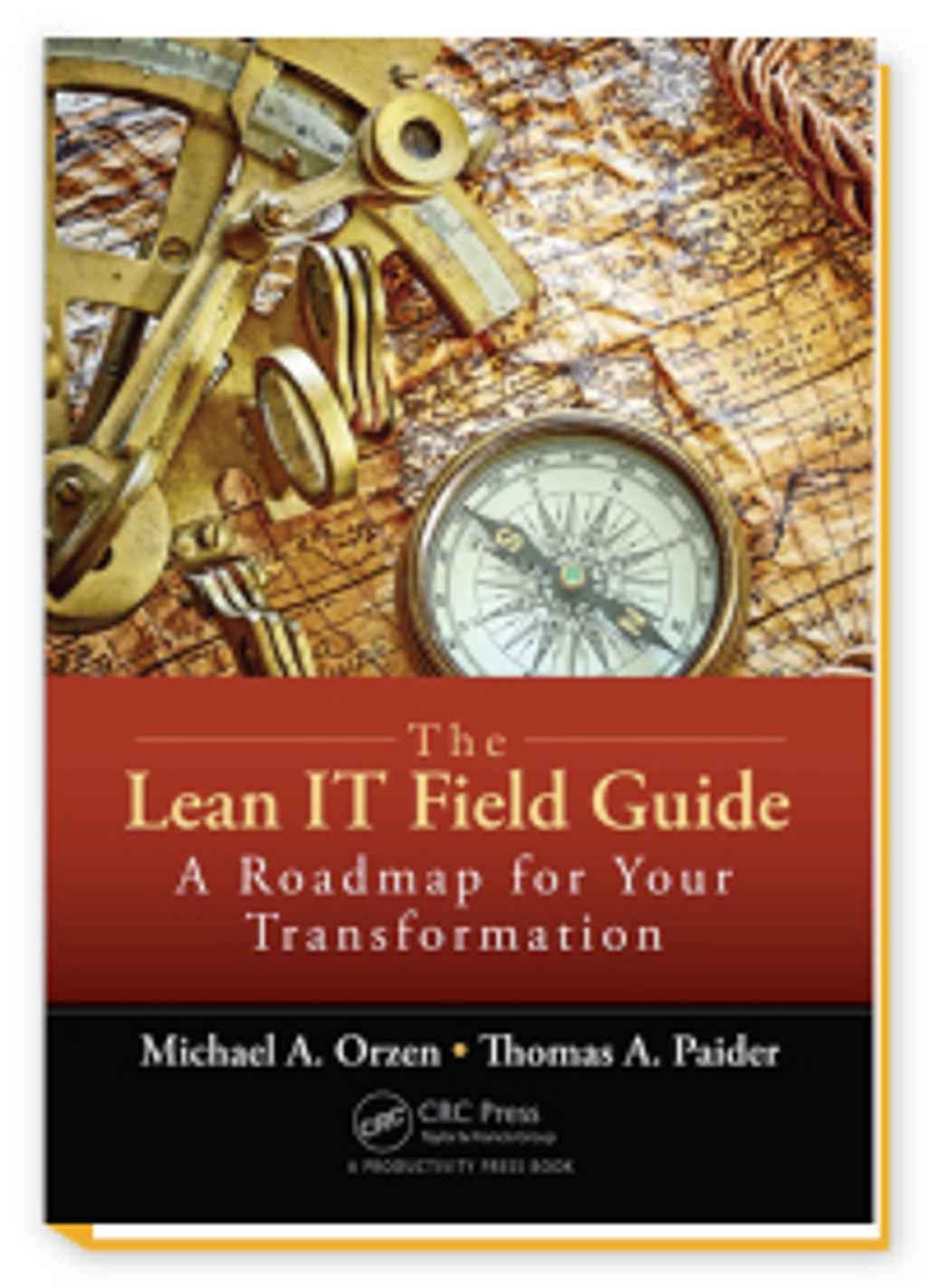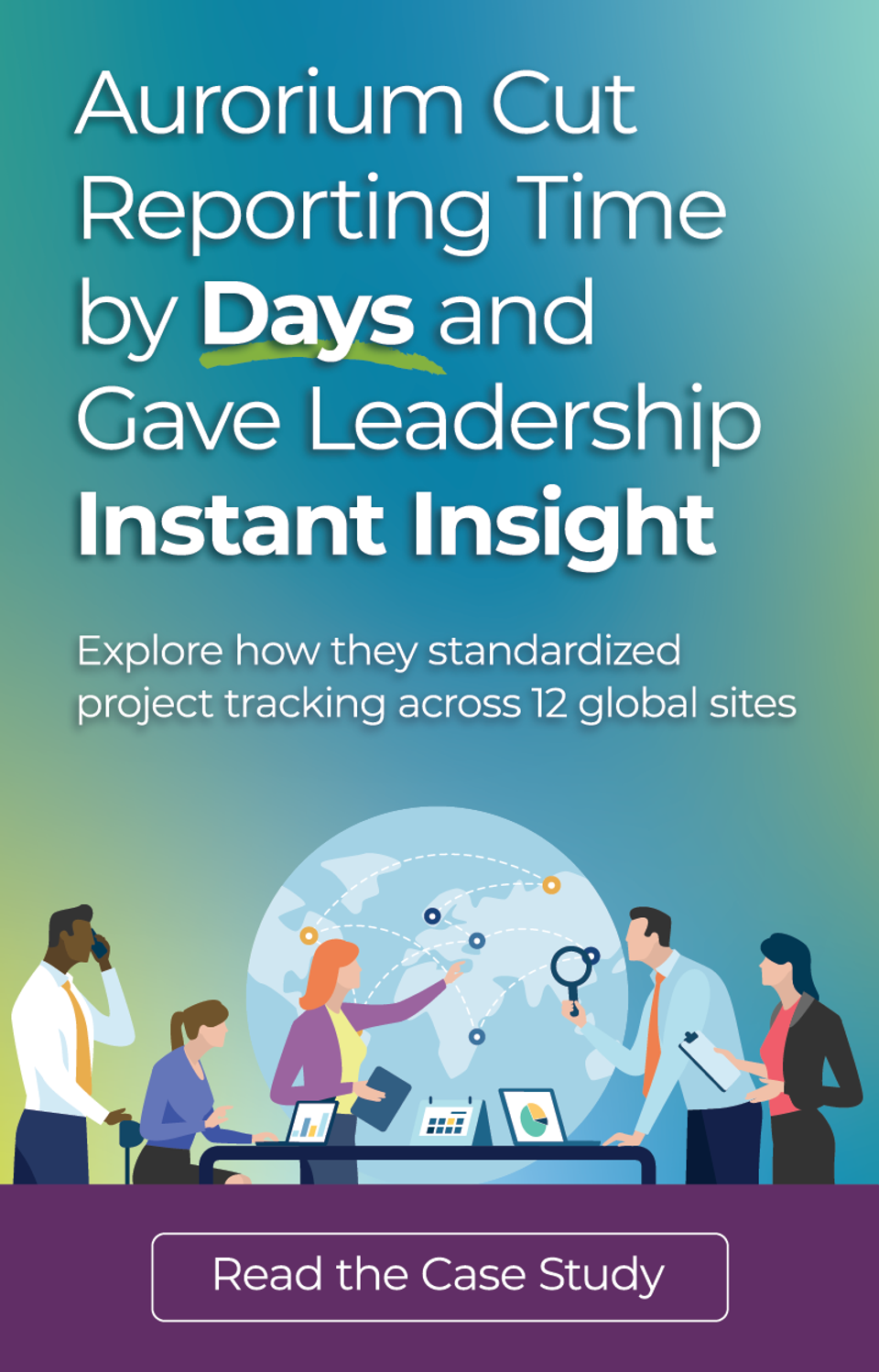
Creating the Path for a Lean IT Transformation
It started out as a friendly conversation over a bottle of wine. From there, it grew into a shared passion that first sparked the idea for a groundbreaking new book, and ultimately led to an interactive new eLearning course that explores the concepts even deeper.
Together, Michael Orzen and Thomas Paider are leading the charge to help organizations of all sizes initiate, execute and sustain a successful Lean IT transformation.
After hitting it off during a Lean conference in 2014, Orzen and Paider worked together to co-author the 2015 book "The Lean IT Field Guide: A Roadmap for Your Transformation." Now they've partnered with MoreSteam.com to create an online course aimed at helping IT professionals across all industries.
The eLearning course, titled "Lean Essentials for Technology Leaders and Teams" takes a deep dive into the principles first introduced in the book, showing you how the fundamentals of Lean Management can drive sustainable change in your business. It focuses on developing problem-solving behaviors in frontline employees and turning managers into coaches – all in an effort to create sustainable, long-lasting solutions.
We asked Orzen and Paider to share a few insights about their history together, including the story behind the new course and who can benefit from it.
Let's start at the beginning. How did you two first meet?
TOM: It was at a 2014 Lean Enterprise Institute conference. We struck up a conversation and felt a natural affinity right away.
MIKE: I remember sitting at a cafe until late in the night, drinking wine and having a great conversation about how you can effectively apply Lean in the world of IT.
TOM: We kept in touch after that and kept coming back to the same conversation, which ultimately led to the book.
What prompted you to start writing the book together?
MIKE: It's funny, I don't remember whose idea it was first, but we both felt like the partnership was such a natural fit. Tom's experience was in front-line IT operations, and mine was in Lean IT and organizational transformation. Our strengths mesh together really well, and I think we both saw that right away.
TOM: Mike had experience co-authoring a book before ("Lean IT: Enabling and Sustaining Your Lean Transformation"), and I think that really helped. I remember we started by putting together a sample chapter and running that by a publishing company. From there, it took about 9 months to write the whole book. It was a really rewarding experience. I wouldn't trade it for the world, although I'm not sure I'd do it again...
Why are you both so passionate about this topic of Lean IT?
MIKE: There are two things in my career that have really captured my imagination and energy. The first is technology. I started working in the 1980s when the PC was first coming out, and I could immediately see the incredible potential of technology and information. Then the second thing is Lean, which is built on two core pillars – continuous improvement and respect for people. I was exposed to these concepts before it was called "Lean" back in the late 80s! When you merge those two together – technology and Lean principles – you can avoid a lot of the stress, tension and frustration we see in the world of IT.
TOM: If everyone in the world was a Lean thinker, I don't think we'd have a lot of the problems we have today. I'm passionate about root-cause problem-solving, and finding ways to avoid repeating the same mistakes over and over. During my career at Nationwide, we've had so much success with this, and I feel a duty to share what we've learned with a bigger community. I don't think these ideas should be hidden away somewhere.
Moving on to the eLearning course, when did the idea first arise to expand on the concepts from the book in an interactive environment?
TOM: We actually thought about it right after publishing the book. In a book you can only say so many things, and you can only say them once. In a course, you have the ability to consistently update the material with the latest thinking about Lean systems.
MIKE: Yeah, we always envisioned some sort of training to go along with the book – a workshop or something to make the book come alive. We actually did a one-day, trial workshop in Columbus, Ohio. It went really well, and we had an uptick in interest afterward, so we knew it was something we wanted to pursue more thoroughly.
What can someone get from the eLearning course that they can't get from just reading the book?
MIKE: When we read a book, what's often missing is the gap between understanding something and having the ability to apply it in your own life. Training often describes the "what" and the "why" – the problem or the big issue. Very rarely does it get into the "how," and without that "how" you're left kind of scratching your head. In our book we tried addressing the "how," but this course takes it so much deeper. It provides practical, hands-on examples that anyone can implement to produce real results.
TOM: On top of all that, it's exciting to explore these concepts with a multimedia approach. The course utilizes videos, quizzes and interactive exercises that lead to a much richer, more immersive learning environment.
Finally, let's talk about your audience. Who could benefit from this course? Was it created to help global corporations, small businesses, IT professionals?
TOM: All of the above. Each person or entity will get something different out of it. It's certainly great for large organizations, showing you how to scale a full transformation. Small companies can use it as well - it's flexible enough that you can pinpoint different tools or approaches to match your areas of focus. And it's also great for individuals, whether you're an academic who wants to understand why Lean and DevOps go together, or a leader hoping to help a team succeed.
MIKE: It's about getting everybody aligned and on the same page. It's not that Lean is in competition with Agile or DevOps, but what Lean does is provide some core universal principles. Once everyone understands what those core principles are, everything else falls into place.
View From the Top: Why Lean IT Matters
"In my experience, IT folks – and I'm using IT in a broad sense, to include application development, deployment, security, networks, and infrastructure – often don't embrace organized process improvement. There are probably several reasons for that, including:
A) They think Agile is enough as a process improvement method, and
B) They don't think of what they do as a repetitive process. They think in project terms.
"We love Agile, but it works best as a subset of a broader Lean Management System. Agile is more about 'How the work is done' and not so much about 'What work should be done?' or 'How can waste be removed from the overall value stream?'"
— Bill Hathaway, CEO of MoreSteam

MoreSteam's Enterprise Process Improvement platform includes the tools, training, and software you need to transform your organization, large or small, into a problem-solving powerhouse. Our products are trusted by over half of the Fortune 500 and by other organizations and universities worldwide. When you partner with MoreSteam you gain a team dedicated to helping you succeed.
Course Overview
"Lean Essentials for Technology Leaders and Teams" is an interactive course for anyone looking to create an efficient, effective IT organization in today's rapidly changing digital world.
Based on proven methods from a wide range of different industries, this course helps answer basic questions like "How do we get started?" And "What specific steps can we take to create positive change?"



